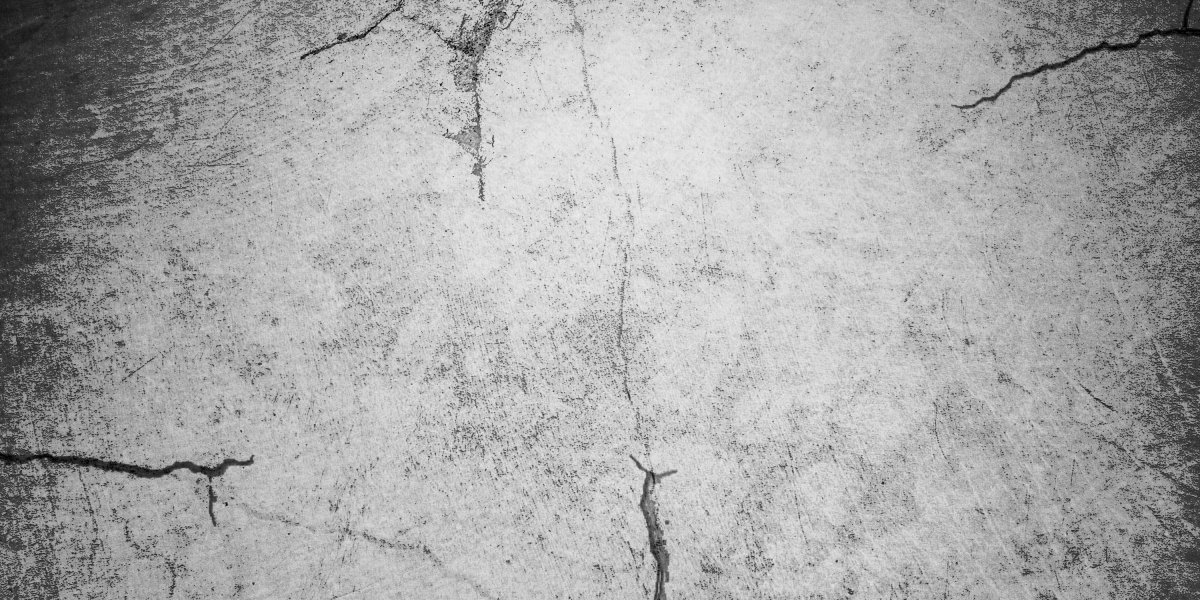When it comes to achieving a lush, green yard without the hassle of constant maintenance, **clover lawn** has quickly become a top choice among homeowners and landscapers. This versatile ground cover not only provides an attractive appearance but also supports sustainability and reduces lawn care costs. If you’re looking for a greener, easier way to maintain your lawn, switching to clover might be the perfect solution.
### What Is a Clover Lawn?
A clover lawn is a turf area primarily composed of clover plants — most commonly white clover (*Trifolium repens*), microclover, or red clover. Unlike traditional grass lawns, which demand frequent watering, fertilizing, and mowing, clover lawns thrive naturally with minimal care. Clover has nitrogen-fixing properties, meaning it draws nitrogen from the air and releases it into the soil, enriching it without the need for chemical fertilizers.
### Benefits of a Clover Lawn
**1. Low Maintenance:**
Clover lawns grow slowly and remain short, reducing the need for frequent mowing. They also stay lush even in dry conditions, meaning less watering is required compared to conventional grass.
**2. Eco-Friendly and Chemical-Free:**
Clover naturally resists weeds and pests, eliminating the need for herbicides and pesticides. This not only saves money but also protects the environment and local pollinators.
**3. Drought Resistance:**
One of the greatest advantages of a clover lawn is its resilience during hot and dry weather. Clover roots grow deep, helping retain moisture and stay green even when grass lawns turn brown.
**4. Soft and Comfortable Surface:**
Clover lawns provide a soft, cushiony surface that feels pleasant to walk or relax on, making them ideal for families with kids or pets.
**5. Year-Round Greenery:**
Clover stays vibrant longer than grass, even during seasonal changes. Its small white blooms also add a charming, natural beauty to any yard.
### Choosing the Right Clover Type
For homeowners seeking a traditional lawn appearance, **microclover** is an excellent choice. Its smaller leaves blend seamlessly with grass, giving a uniform look. On the other hand, **white clover** is best for those who prefer a wild, natural landscape with noticeable blooms.
### Planting and Caring for a Clover Lawn
Clover can be planted as a full lawn or mixed with grass seed to create a hybrid turf. The best time to plant is during spring or early fall when the soil is moist and temperatures are mild. After seeding, keep the soil slightly damp for two weeks to help the clover establish strong roots. Once grown, it requires little mowing and almost no fertilization.
### Final Thoughts
A **clover lawn** offers an attractive, sustainable, and affordable alternative to traditional grass lawns. Whether you want to save time, reduce water use, or create a pollinator-friendly yard, clover is a smart choice for modern homeowners. For expert lawn solutions and professional turf installation, visit **emeraldlawnandturf.com** to explore eco-friendly options for your outdoor space.








